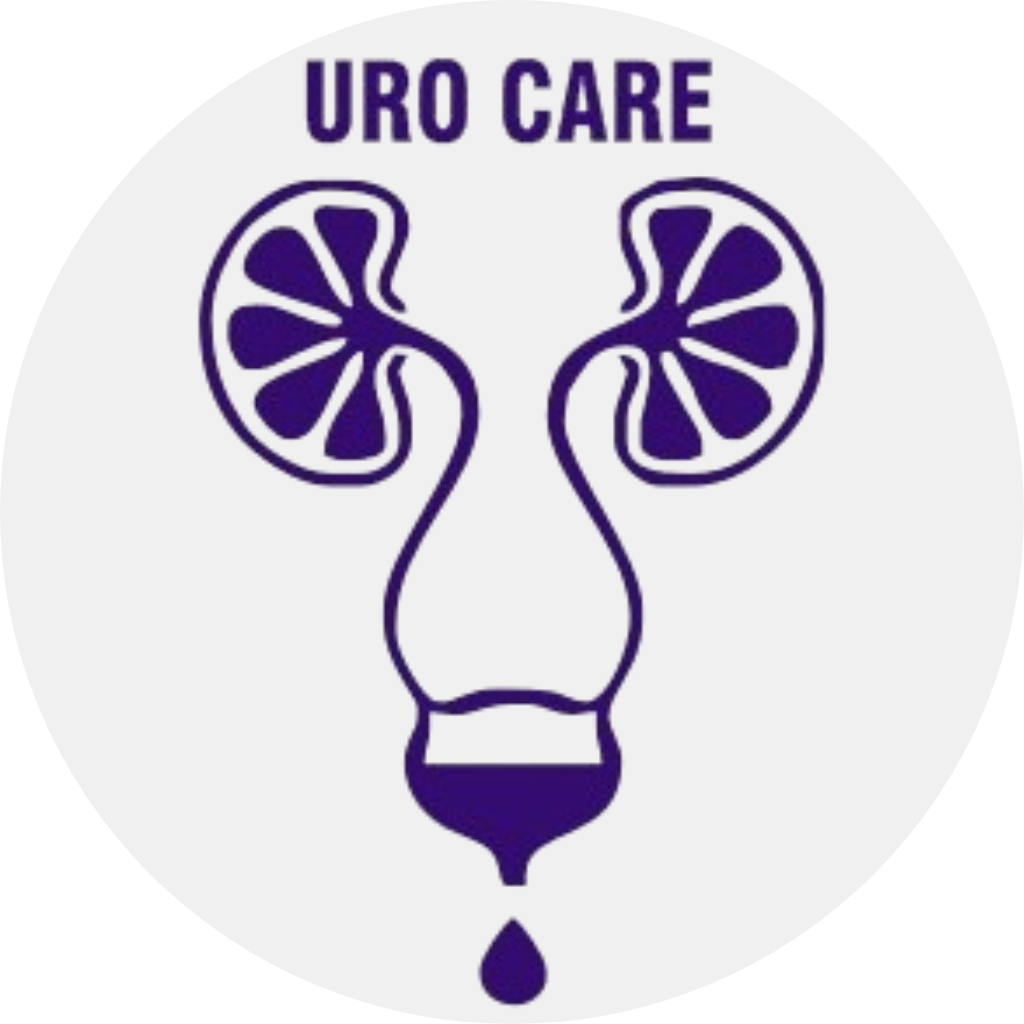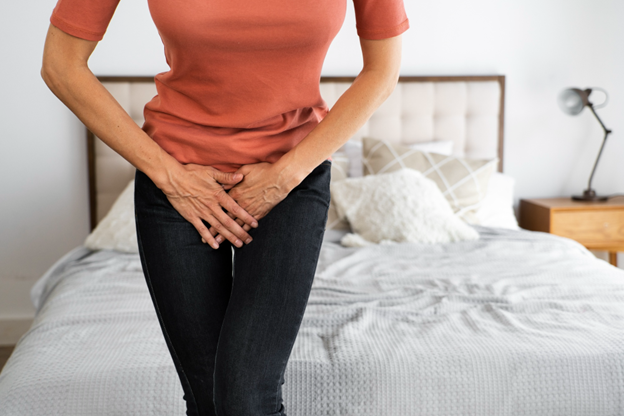An overactive bladder (OAB) is a condition that affects millions of people worldwide, yet it often remains underreported. Characterized by frequent and urgent needs to urinate, sometimes coupled with incontinence, OAB can significantly impact daily activities and quality of life. While it is most commonly seen in older adults, both men and women can be affected. Understanding the symptoms, causes, and treatment options is key to managing this condition and regaining control of your bladder.
What is Overactive Bladder?
Overactive bladder refers to a set of symptoms rather than a single disease. It occurs when the muscles of the bladder contract involuntarily, creating a sudden and urgent need to urinate. In some cases, these bladder contractions can cause urine leakage, known as incontinence. OAB may occur with or without incontinence, but in either case, it can significantly disrupt daily life and lead to emotional and physical stress.
Causes and Risk Factors for Overactive Bladder
Several factors can contribute to the development of OAB. While the condition can arise from a variety of underlying causes, common triggers include:
- Aging: As people get older, the bladder’s ability to hold urine can diminish. Weakened bladder muscles can contribute to the frequency and urgency of urination.
- Neurological Conditions: Diseases that affect the brain and nerves, such as Parkinson’s disease, multiple sclerosis, or a stroke, can impair the communication between the brain and bladder, leading to OAB.
- Urinary Tract Infections (UTIs): Persistent or recurring UTIs can cause inflammation in the bladder, which may mimic the symptoms of OAB, including urgency and frequency.
- Obstruction: Physical blockages in the urinary tract, such as an enlarged prostate or pelvic organ prolapse, can affect the flow of urine and trigger OAB symptoms.
- Hormonal Changes: In women, hormonal changes, especially during menopause, can weaken bladder muscles and tissues, increasing the likelihood of developing OAB.
- Medications and Fluid Intake: Certain medications, such as those that increase urine production, can exacerbate OAB symptoms. Similarly, excessive fluid intake or drinking caffeinated and alcoholic beverages can irritate the bladder.
Symptoms of Overactive Bladder
The main symptoms of OAB are related to an urgent and frequent need to urinate, often with little warning. Common symptoms include:
- Urgency: A sudden, intense need to urinate, often without warning. This feeling can be overwhelming and difficult to control.
- Frequency: The need to urinate more than eight times a day, even when the bladder isn’t full, is a hallmark of OAB.
- Nocturia: Waking up multiple times during the night to urinate. This can disrupt sleep and lead to daytime fatigue.
- Incontinence: In some cases, the urgency may be followed by involuntary leakage of urine, which occurs when the person is unable to reach the bathroom in time.
Diagnosis of Overactive Bladder
If you experience symptoms of OAB, it’s important to consult a healthcare provider for an accurate diagnosis. The doctor will review your medical history, conduct a physical examination, and may perform additional tests, such as:
- Urinalysis: A simple urine test to rule out infections or blood in the urine.
- Bladder Diary: A tool that helps track urination patterns, such as frequency and volume, which helps the doctor assess the severity of symptoms.
- Urodynamic Testing: A series of tests to evaluate how the bladder fills and empties, which helps identify any underlying issues with bladder function.
- Cystoscopy: A procedure that uses a small camera to examine the inside of the bladder, helping identify any abnormal growths or blockages.
Treatment Options for Overactive Bladder
The treatment for OAB varies depending on the severity of symptoms and underlying causes. It typically involves a combination of lifestyle changes, behavioral therapies, and sometimes medications.
- Lifestyle Changes:
- Fluid Management: Adjusting fluid intake can help reduce the urgency to urinate. Avoiding excessive fluid before bedtime can also reduce nighttime urination.
- Dietary Adjustments: Cutting back on bladder irritants, such as caffeine, alcohol, and spicy foods, can help alleviate symptoms.
- Weight Management: Maintaining a healthy weight can reduce pressure on the bladder, improving symptoms of OAB.
- Behavioral Therapies:
- Bladder Training: This technique involves gradually increasing the time between urination to help the bladder hold more urine.
- Pelvic Floor Exercises: Strengthening the muscles around the bladder through simple exercises can improve control over urination.
- Medications: There are medications available that can help relax the bladder muscles and improve control. These medications are often used when behavioral therapies alone are not enough to control symptoms.
- Nerve Stimulation: This involves using electrical impulses to stimulate nerves that control the bladder, helping to reduce urgency and frequency.
- Botox Injections: For some individuals, Botox injections directly into the bladder can help reduce overactive contractions.
- Surgical Options: In rare cases, when other treatments do not work, surgical options such as bladder augmentation may be considered to improve bladder capacity.
Conclusion
Overactive bladder is a common condition that can significantly impact one’s quality of life. However, with proper management and treatment, individuals can regain control and reduce the symptoms associated with OAB. If you are experiencing any signs of OAB, it is essential to seek medical advice. A healthcare provider can offer tailored solutions to improve your comfort and well-being.
Consult us today at Urocare for expert guidance!


